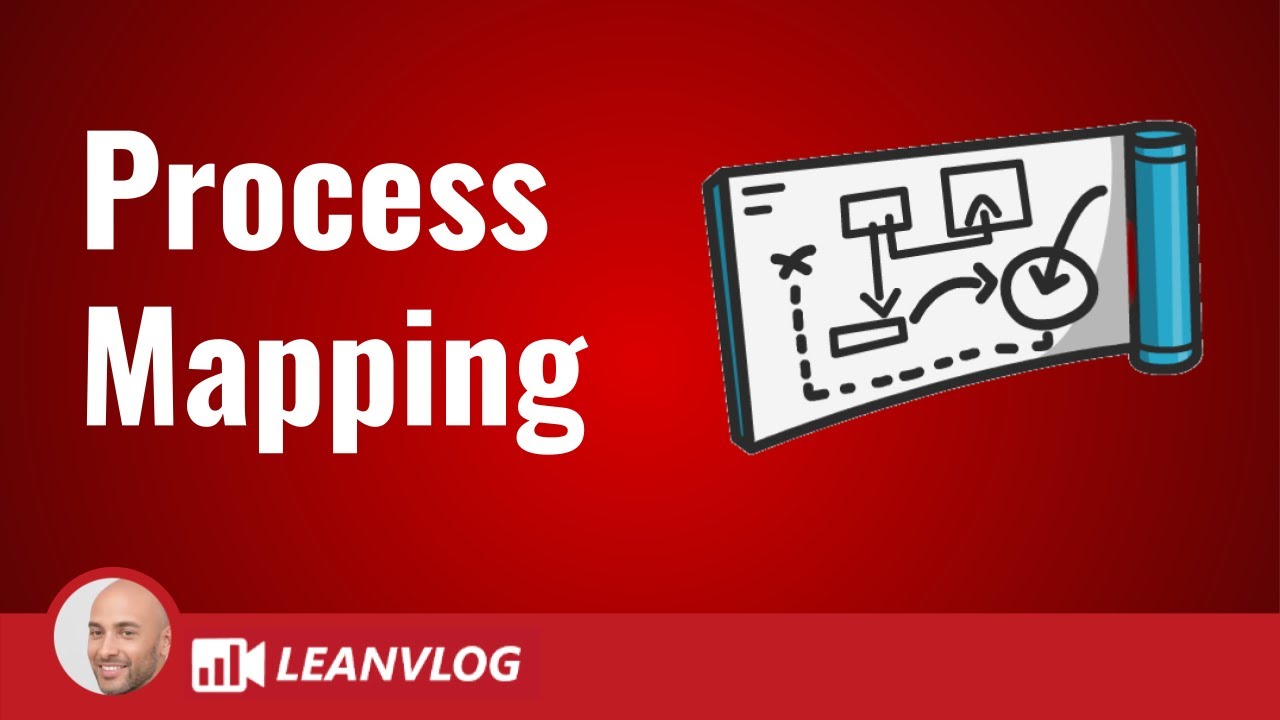Process improvement is a dynamic and transformative approach that can revolutionize the way businesses operate. It encompasses a set of strategies and techniques aimed at enhancing efficiency, productivity, and overall performance within an organization. By systematically analyzing and refining existing workflows, process improvement helps identify opportunities for streamlining operations, reducing waste, and optimizing resource allocation. This methodical approach focuses on identifying bottlenecks, redundancies, and inefficiencies, allowing companies to make data-driven decisions to enhance their bottom line. Through the implementation of process improvement initiatives, businesses can achieve greater customer satisfaction, improved quality control, and increased profitability. One of the key benefits of process improvement is its ability to foster a culture of continuous improvement within an organization. By encouraging employees to actively participate in identifying and suggesting improvements, companies can tap into their collective knowledge and experience to drive innovation and positive change. This inclusive approach not only increases employee engagement but also empowers individuals to take ownership of their work and contribute to the overall success of the organization. Furthermore, process improvement is not limited to a specific industry or sector. It can be applied across various domains, ranging from manufacturing and logistics to healthcare and customer service. This versatility makes process improvement a valuable asset for any organization looking to stay ahead in today’s competitive marketplace. In conclusion, process improvement is a powerful methodology that enables businesses to optimize their operations, maximize efficiency, and drive sustainable growth. By embracing this approach, organizations can unlock their full potential and achieve long-term success.

What is Process Improvement?
| Key Concepts | Definition |
|---|---|
| Continuous Improvement | The ongoing effort to enhance processes incrementally, leading to greater efficiency, effectiveness, and quality. |
| Lean Thinking | A management philosophy that focuses on eliminating waste and optimizing value-added activities to enhance process performance. |
| Six Sigma | A data-driven methodology used to reduce process variation and defects, aiming for near-perfect performance. |
| Kaizen | A Japanese term meaning “change for the better,” referring to small, continuous improvements made by all members of an organization. |
| Process Mapping | A visual representation of a process flow, allowing stakeholders to identify bottlenecks, redundancies, and areas for improvement. |
| Root Cause Analysis | A systematic approach to identify the underlying causes of process issues, enabling targeted improvements rather than treating symptoms. |
| Benchmarking | The process of comparing an organization’s performance against industry best practices or competitors, leading to identification of improvement opportunities. |
| Standardization | The establishment of consistent processes and procedures to eliminate variations and enhance quality, efficiency, and customer satisfaction. |
Streamlining Processes: Unleashing Efficiency Through Process Mapping
What is Process Improvement?
Process improvement is the practice of making incremental changes to an organization’s operations in order to enhance efficiency, reduce costs, and improve overall quality. It involves analyzing existing processes, identifying areas for improvement, and implementing changes to achieve desired outcomes. By focusing on optimizing workflows and eliminating bottlenecks, process improvement aims to streamline operations and drive continuous improvement.
The Importance of Process Improvement
Implementing process improvement initiatives is crucial for organizations looking to stay competitive in today’s rapidly evolving business landscape. Here are five key reasons why process improvement is important:
1. Increased Efficiency and Productivity
Process improvement allows organizations to identify and eliminate inefficiencies, enabling employees to complete tasks more quickly and effectively. By streamlining workflows and reducing unnecessary steps, organizations can significantly increase productivity, enabling them to accomplish more in less time.
2. Cost Reduction
Efficient processes lead to cost savings. By eliminating redundant activities and optimizing resource allocation, organizations can reduce operational expenses. Process improvement helps identify areas where resources are being underutilized or wasted, enabling organizations to allocate them more effectively and reduce overall costs.
3. Enhanced Customer Satisfaction
By improving processes, organizations can deliver products and services more efficiently, resulting in improved customer satisfaction. Streamlined processes minimize errors, reduce delivery times, and improve overall quality, leading to happier customers who are more likely to be loyal and recommend the organization to others.
4. Adaptability to Change
In today’s fast-paced business environment, organizations must be able to quickly adapt to changes in customer demands, market trends, and technology. Process improvement allows organizations to build a culture of adaptability by constantly evaluating and refining their processes to meet evolving needs. This enables organizations to stay ahead of the competition and respond effectively to new challenges and opportunities.
5. Continuous Improvement
Process improvement is not a one-time effort, but rather an ongoing commitment to continuous improvement. By regularly evaluating and enhancing processes, organizations can foster a culture of innovation and learning, driving continuous improvement throughout the organization. This ensures that the organization remains agile, efficient, and competitive in the long run.
The Process Improvement Methodology
Process improvement follows a structured methodology to ensure effective implementation and sustainable results. The most commonly used methodology is the Plan-Do-Check-Act (PDCA) cycle, also known as the Deming Cycle or the Shewhart Cycle. The PDCA cycle consists of the following four stages:
1. Plan
In this stage, organizations identify the process to be improved and set specific objectives. They gather data, analyze the current state, and define the desired future state. This involves understanding the process flow, identifying bottlenecks, and determining the root causes of problems or inefficiencies.
2. Do
Once the plan is in place, organizations implement the proposed changes on a small scale. This allows them to test the effectiveness of the changes without disrupting the entire process. During this stage, organizations may also pilot new technologies or methodologies to support the process improvement initiatives.
3. Check
In the check stage, organizations evaluate the effectiveness of the implemented changes. They collect data, measure key performance indicators, and compare the results against the predefined objectives. This stage allows organizations to determine if the changes have achieved the desired outcomes and identify any further adjustments or refinements that may be required.
4. Act
Based on the results of the check stage, organizations take appropriate action. If the implemented changes have been successful, they are standardized and integrated into the regular operations. If the desired outcomes have not been achieved, organizations analyze the reasons for the failure and make necessary adjustments. The PDCA cycle then starts again, with organizations planning further improvements based on the lessons learned.
The Role of Technology in Process Improvement
Technology plays a crucial role in enabling and enhancing process improvement initiatives. Here are three ways technology supports process improvement:
1. Automation
Automation technologies such as robotic process automation (RPA) and workflow management systems can eliminate manual, repetitive tasks, reducing errors and improving efficiency. By automating routine activities, organizations can free up employees’ time to focus on higher-value tasks and strategic initiatives.
2. Data Analytics
Data analytics tools enable organizations to collect, analyze, and visualize vast amounts of data, providing valuable insights into process performance. By leveraging data analytics, organizations can identify patterns, trends, and areas for improvement more effectively. This allows them to make data-driven decisions and prioritize process improvement efforts based on objective evidence.
3. Collaboration and Communication
Collaboration and communication tools facilitate effective teamwork and knowledge sharing, enabling cross-functional collaboration on process improvement initiatives. With these tools, organizations can break down silos, encourage collaboration between different departments, and gather diverse perspectives to drive more comprehensive and innovative process improvements.
Conclusion
Process improvement is a critical practice for organizations seeking to enhance efficiency, reduce costs, and improve quality. By continuously evaluating and refining their processes, organizations can drive continuous improvement, adapt to change, and deliver better results for their customers. With the right methodology and technology, organizations can unlock the full potential of process improvement and stay ahead in today’s competitive business landscape.
Process Improvement
Frequently Asked Questions
What is process improvement?
Why is process improvement important?
What are the steps involved in process improvement?
1. Identify the process: Determine which process needs improvement and define its scope.
2. Map the current process: Document the existing process flow, including inputs, outputs, and key activities.
3. Analyze the process: Identify bottlenecks, inefficiencies, and areas of improvement through data analysis and process mapping techniques.
4. Set improvement goals: Define specific, measurable, achievable, relevant, and time-bound (SMART) goals for the process improvement.
5. Generate improvement ideas: Brainstorm and evaluate potential solutions to address the identified issues and achieve the improvement goals.
6. Implement changes: Select the most effective improvement ideas and implement them in the process.
7. Monitor and measure results: Track the performance of the improved process and measure key performance indicators (KPIs) to ensure the desired outcomes are achieved.

